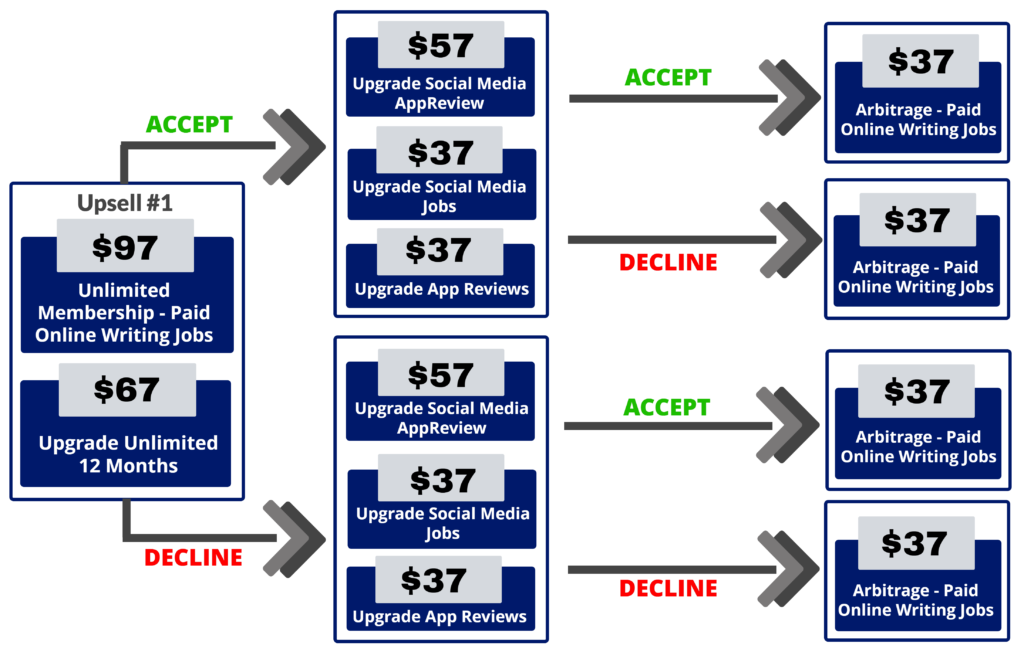In today’s world, where technology evolves rapidly, we find ourselves replacing old devices more frequently. While this advancement is beneficial, it also leads to a significant amount of electronic waste, or e-waste. Proper disposal of old tech products is essential for protecting the environment and conserving valuable resources. In this guide, we will explain how to responsibly recycle old tech products step by step.
Why Is Responsible Recycling Important?
E-waste contains harmful materials such as lead, mercury, and cadmium that can pollute the environment if not handled correctly. At the same time, it also contains precious metals like gold, silver, and palladium that can be recovered and reused. By recycling responsibly, we not only prevent toxic environmental damage but also contribute to the circular economy by repurposing valuable materials.
Step 1: Assess Your Old Tech Products
Identify Reusable Devices
Before disposing of your electronics, evaluate their functionality. Many old devices can still be reused, donated, or repurposed. For example:
- Donate functioning devices to schools or non-profits.
- Resell gadgets on platforms like eBay or Craigslist if they still have value.
Separate Non-Functional Items
If your device no longer works, separate it from those that can still serve others. This classification ensures easier recycling and reduces the chances of improper disposal.
Step 2: Safeguard Your Data
Before handing over any electronic device, always erase personal data. Data protection is crucial to avoid identity theft or data breaches. Follow these steps to safeguard your information:
- Backup Important Files – Transfer all your essential documents, images, and videos to an external storage device or cloud service.
- Perform a Factory Reset – For smartphones, tablets, and laptops, restore factory settings to remove personal information.
- Physically Destroy Storage Media – If the device is beyond repair, consider destroying the hard drive or memory card to ensure data security.
Step 3: Choose an Eco-Friendly Recycling Method
Locate Certified E-Waste Recyclers
Certified recyclers adhere to stringent environmental standards for proper disposal. Look for facilities that comply with Responsible Recycling (R2) or e-Stewards certification. Use websites like Earth911 or local government resources to find certified centers near you.
Utilize Manufacturer Take-Back Programs
Many tech manufacturers offer take-back or trade-in programs to recycle old devices. Companies like Apple, Samsung, and Dell provide recycling services, often offering discounts or gift cards in return.
Drop Off at Retail Collection Points
Retail stores such as Best Buy and Staples accept old electronics for recycling. These stores ensure the items are sent to certified recycling facilities.

Step 4: Know What Can and Cannot Be Recycled
Recyclable Items
- Laptops and Desktops – Components like batteries, RAM, and motherboards.
- Mobile Phones – Screens, circuits, and batteries.
- Small Gadgets – Calculators, routers, and headphones.
- Batteries – Lithium-ion and rechargeable batteries.
Non-Recyclable Items
- Items contaminated with hazardous substances beyond recovery.
- Products with non-removable, embedded batteries.
For non-recyclable electronics, contact specialized hazardous waste collection centers.
Step 5: Explore Upcycling Options

Repurpose Old Devices
Creative upcycling transforms outdated tech into useful items. Examples include:
- Convert an old smartphone into a security camera.
- Turn a non-functional laptop into a digital photo frame.
DIY Projects for Enthusiasts
For tech-savvy individuals, dismantling gadgets to retrieve useful components can be an educational and rewarding process.
Step 6: Educate Others and Advocate for Responsible Recycling

Spread Awareness
Encourage family, friends, and your community to adopt responsible recycling habits. Host e-waste collection drives or workshops to teach others about eco-friendly disposal.
Support Legislation and Companies That Prioritize Sustainability
Advocate for laws and initiatives promoting e-waste recycling. Choose brands committed to environmentally friendly practices, reducing e-waste at the production stage.
Environmental Benefits of Recycling E-Waste
- Reduces Pollution – Prevents toxic chemicals from seeping into soil and water.
- Conserves Natural Resources – Recovers valuable materials, reducing the need for mining.
- Energy Efficiency – Recycled materials require less energy to process compared to raw resources.
Conclusion
By responsibly recycling old tech products, we play a crucial role in safeguarding our planet. Through simple steps like assessing device reusability, protecting data, and choosing certified recycling methods, we can minimize e-waste’s environmental impact and promote sustainability. Let us take collective action towards a cleaner, greener future.

Make $25 – $35 Per Hour Doing Simple Writing Jobs From Home. Full Training Provided.
No Experience Necessary.
Take a 1-minute quiz to find out what type of online writing job you are best suited to. Click ‘Start Quiz’ Below



